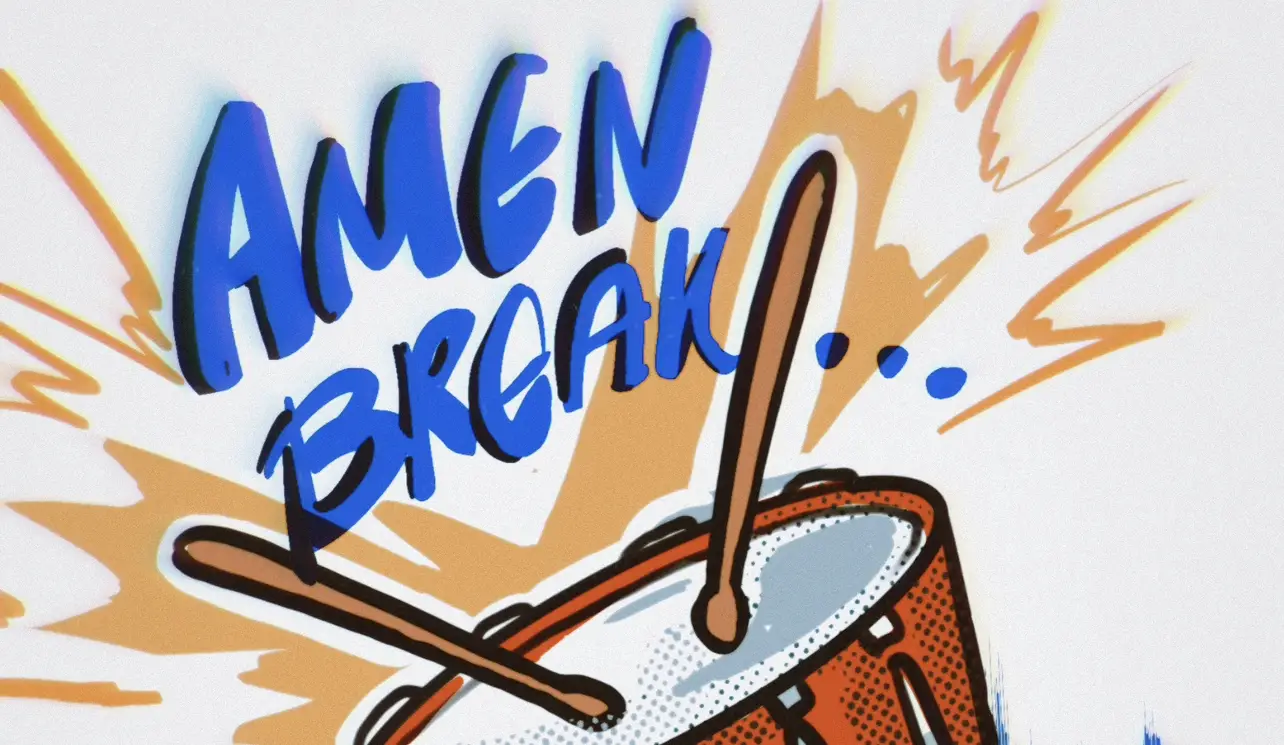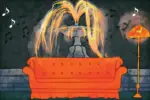The genesis of many music genres can be traced back to a couple of bands or a larger social movement, but few genres can trace their heritage back to a single moment. However, that is the case for hip-hop, drum and bass, jungle and industrial music; each can be traced back to a recording studio in Washington, DC in 1969 and the sounds that bounced off the drums of Gregory Coleman.
Gregory “GC” Coleman was born in September 1944 in Richmond, Virginia. In high school, he was a drum major for his school’s band and formed his own called GC Coleman and the Soul Twisters. After graduating in 1962, he drummed for various popular black musicians and groups, including the Marvelettes of Motown, Otis Redding, Curtis Mayfield and The Impressions. Coleman later moved to Washington, D.C. where he joined The Winstons.
The Winstons was a multiracial American soul and funk band that was formed by guitarist and vocalist Richard Lewis Spencer in 1960. They got their start playing in local clubs and gained a following for their high-energy live performances. In 1965, they signed with the Metromedia label and released their first single, “Wheel of Fortune,” which became a minor hit. In 1967, they recorded “Color Him Father,” a song about a boy expressing his love for his stepfather. The song became a huge hit, reaching #7 on the Billboard Hot 100 chart and winning a Grammy Award for Best R&B Song. Despite the success of “Color Him Father,” the Winstons were unable to duplicate its success with subsequent releases. The group continued to perform and record throughout the 1970s but never again achieved the level of success they had with their hit single due to their status as a multiracial band in the South. In addition to their music career, the Winstons were also known for their activism in the civil rights movement.
Although many people today have not heard “Color Him Father,” they definitely know its B-side “Amen, Brother,” or at least six seconds of it. “Amen, Brother,” a soulful reworking of the classic gospel tune “Amen,” has left an impact on music matched by few other songs, and it’s all thanks to Gregory Coleman. At about 1 minute and 26 seconds into “Amen, Brother,” the other musicians stop playing, and Coleman performs a four-bar drum break. For two bars, he plays the previous beat; in the third, he delays a snare hit; in the fourth, he leaves the first beat empty, following with a syncopated pattern and early crash cymbal.
After the Winstons broke up in 1970, nobody, especially Coleman, could have predicted the effect of that six-second solo. During the genesis of hip-hop in the 1980s, the genre was built on sampling older pieces of music to create beats. In music, sampling is the reuse of a portion of a sound recording. “Amen, Brother” was discovered by DJs of the ‘80s, who fell in love with the isolated and punctuating sounds of the drums. Salt-N-Pepa’s 1986 single “I Desire” was one of the first songs to incorporate the Amen break, but it wasn’t until 1988 that it was popularized in the mainstream, thanks to tracks like N.W.A‘s “Straight Outta Compton” and Rob Base and DJ E-Z Rock’s “Keep It Going Now.” The Amen break was heavily chopped and processed in Mantronix’s 1988 release “King of the Beats,” elevating the drums to a central part of the song.
The sample was also used extensively in both early jungle and drum and bass music in the early 1990s. Jungle is a British dance music genre characterized by rapid breakbeats, deep basslines and vocal samples from reggae and dancehall music. Jungle and its descendant drum and bass emerged from the breakbeat hardcore scene of the U.K. and the sound system culture of Jamaica, creating unique Black British music. Jungle artists’ usage of the Amen break also shows the influence that the Black American genre of hip hop had on Black musicians in Britain.
Over the years, the Amen break has been used in countless songs across a wide range of musical genres, from hip-hop to electronic music to pop. Band such as Oasis have utilized it, and television shows like “Futurama” have sampled it in their theme songs. According to the user-generated website WhoSampled, as of 2023, the Amen break has been sampled in over 6,000 tracks, making it the most sampled track ever. Its distinctive sound and high-energy rhythm have made it a favorite among producers and artists.
Despite its widespread use and influence, the Amen break was never properly credited to Coleman, and he remained uncompensated for many years. Although Richard Lewis Spencer owned the copyright to “Amen, Brother,” neither Spencer nor Coleman received any royalties for the break. In fact, Spencer was not even aware of its use until 1996 when an executive contacted him requesting the master tape. Spencer condemned the sampling as plagiarism and said in 2011: “[Coleman’s] heart and soul went into that drum break. Now, these guys copy and paste it and make millions.” However, in 2015, Spencer’s perspective shifted, saying, “It’s not the worst thing that can happen to you. I’m a black man in America and the fact that someone wants to use something I created – that’s flattering.” After the band split, Coleman moved to Atlanta to join another band, completely unaware of the impact he would have on music history. He died homeless and impoverished in 2006.
Although Coleman’s story has a sad end, his talent for and love of music will be remembered. Today, his Amen break is considered a classic and iconic sample, and its history and impact continue to be studied and celebrated by musicians, producers and music lovers around the world.
















